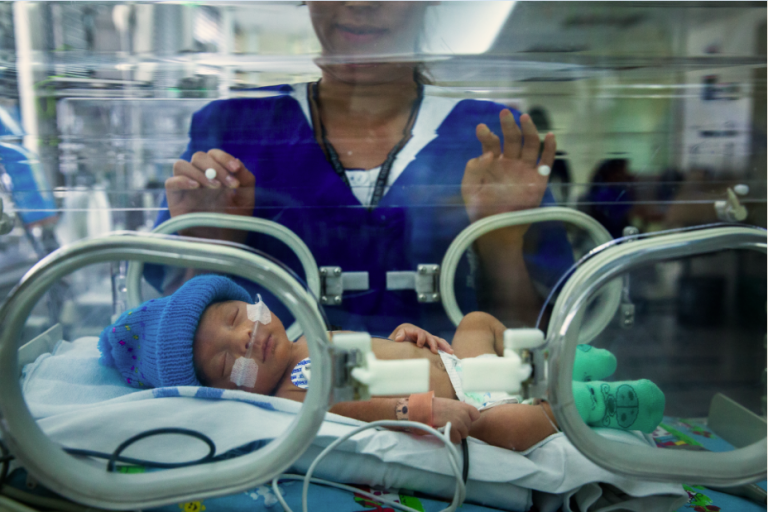Each year 2.7 million newborns die; 98% of these deaths in low and middle income countries and more than 80% are small, with preterm infants being most at risk. High levels of facility delivers globally means that more newborn deaths are occurring within hospitals. Yet over two-thirds of these deaths could be prevented with effective hospital care of small and sick newborns.
To explore and address how we can improve the quality of care of newborns, particularly those born small and sick in LMICs, a series of global discussions in conjunction with CHIFA (Child Healthcare Information for All) and the ENAP metrics group[1] starts October 16th and will run through mid-2018. CHIFA is a growing global child health community with more than 3,300 members in 140 countries, whom interact daily on an online discussion platform on the CHIFA website. You can find the discussion page here.
Part of this discussion will address how to tackle the major challenge of defining and measuring the content, coverage and quality of care. For years, emergency obstetric care has used clear indicators or “signal functions” (a core list of life saving interventions) to measure the provision of basic and comprehensive care, which has improved programme standardisation, monitoring, and accountability. Yet for different levels of newborn care, “signal functions” have not been consistently defined or routinely tracked. ENAP Metrics has developed an online survey (available in English, French and Spanish), and are inviting healthcare professionals in newborn care from all backgrounds to contribute their opinions to help decide which interventions we should measure for small and sick newborns, and at which level of the health system. Learn more and complete the survey here.
In any country, how we care for our small and sick newborns is one of the most sensitive indicators of health systems functioning. Major mortality reduction is possible even with basic newborn care, however to reach the SDG target of a neonatal mortality of fewer than 12 per 1000 live births, every country will need to aim to provide more comprehensive newborn care as outlined in The Lancet Every Newborn series and the Every Newborn Action Plan (ENAP), endorsed by all countries in 2014.
We hope that the CHIFA newborn care project will give a voice to those of you working on the ground to care for small and sick newborns – whether parents, health workers or scientists – to have your say in defining the components of service delivery inputs and “signal functions” for newborn care.
This work is being coordinated by a team at London School of Hygiene & Tropical Medicine on behalf of the Every Newborn metrics group, and CHIFA, with involvement from representatives at WHO, UNFPA, UNICEF, Averting Maternal Death and Disability (AMDD), Saving Newborn Lives/Save the Children, and USAID.
Featured photo: Erika Pineros/Save the Children.
[1] ENAP is a multi-partner initiative established in 2014, backed by a World Health Assembly Resolution, with the ambitious aim of ending preventable newborn deaths and stillbirths by 2030. Its dedicated sub-group ‘ENAP metrics’ focuses specifically on improving the measurement of care for mothers and newborns.
